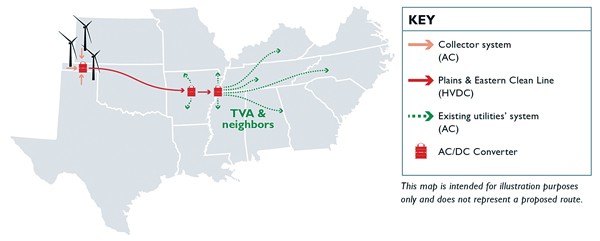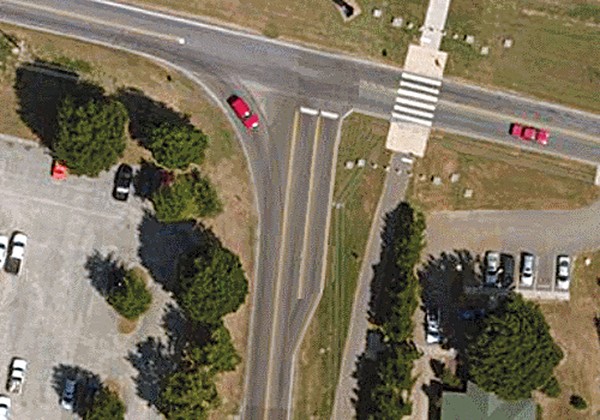The source of Memphis’ beloved clean drinking water — the Memphis Sands Aquifer — could soon be tapped for up to 3.5 million gallons of water per day to cool the Tennessee Valley Authority’s (TVA) new, under-construction gas plant.
In 2014, when the TVA approved plans for the Allen Combined Cycle gas plant that will replace the Allen Fossil coal plant in 2018, they said they’d be using wastewater from the nearby Maxson Wastewater Treatment Plant for its cooling water system.
But those plans have turned out to be too expensive, according to a report from TVA, since using wastewater would first require treatment due to pollutants in that water.
“It would add more than a million dollars a year to the operating costs,” said TVA spokesperson Chris Stanley.
 Courtesy of TVA
Courtesy of TVA
Plans for the new Allen Combined Cycle gas plant
Now, they’re looking at a few alternatives — either drilling five wells into the aquifer and pulling water directly from the ground, purchasing potable water from Memphis Light, Gas, & Water (MLGW), or some combination of the two. If potable water is purchased from MLGW, that water would come from both the Memphis Sands and the Fort Pillow aquifers, but the TVA environmental assessment report says MLGW cannot sell the TVA enough water to meet peak demand.
“We may need both the [aquifer] well water and the backup potable water from MLGW,” Stanley said.
Most of that water — about 90 percent — is evaporated in the plant’s cooling process, and the rest will be discharged into the Maxson plant, Stanley said.
The TVA is under an agreement with the Environmental Protection Agency and several environmental groups, including the Sierra Club, to reduce emissions at its coal-fired plants by December 2018. In 2014, the TVA’s board voted to close the Allen Fossil plant, which provides energy to the region, and replace it with a more environmentally friendly natural gas plant. The new Allen Combined Cycle plant is currently under construction in Frank C. Pidgeon Industrial Park, near the site of the Allen Fossil Plant.
The TVA must have the Allen Fossil Plant closed by December 2018, so they’re looking to get the new plant online by June of that year. Stanley said they’d originally planned to use wastewater to cool the plant “to maximize environmental efforts.”
But in April, the TVA issued a supplemental environmental assessment report on the aquifer issue, claiming either option would lead to “minor irreversible and irretrievable commitments of groundwater resources.” Cooling the gas plant requires about 3.5 million gallons of water per day, but the aquifer is believed to hold around 57 trillion gallons. Stanley said the TVA wouldn’t be the first local company to pull water directly from aquifer wells.
Still yet, not everyone is pleased with the TVA’s new plan.
“It’s depleting our aquifer,” said Scott Banbury, conservation program coordinator for the Tennessee Sierra Club. “Most people in Memphis are pretty stoked that we have this awesome source of water. The TVA did some basic calculations on the cone of depression it would create, and they describe that as negligible, but it’s still a depletion.”
Banbury said he’s upset that the public wasn’t given an opportunity to comment on the issue.
“They tried to pull a switcheroo on us without giving the public an opportunity to weigh in,” Banbury said.
The TVA released on its website the supplemental environmental assessment report looking at the new potential water sources back in April, but Banbury said he only learned of it recently since no meetings were held seeking public comment.
“We don’t have to have those meetings by law, but we usually do,” Stanley said. “But in this case, it’s a decision we have to make quickly because we have to have the Allen Fossil Plant retired by December 2018.”
 Tennessee Valley Authority
Tennessee Valley Authority 
 Clean Line Energy
Clean Line Energy  Courtesy of Sierra Club
Courtesy of Sierra Club 
 George Harvell
George Harvell 

